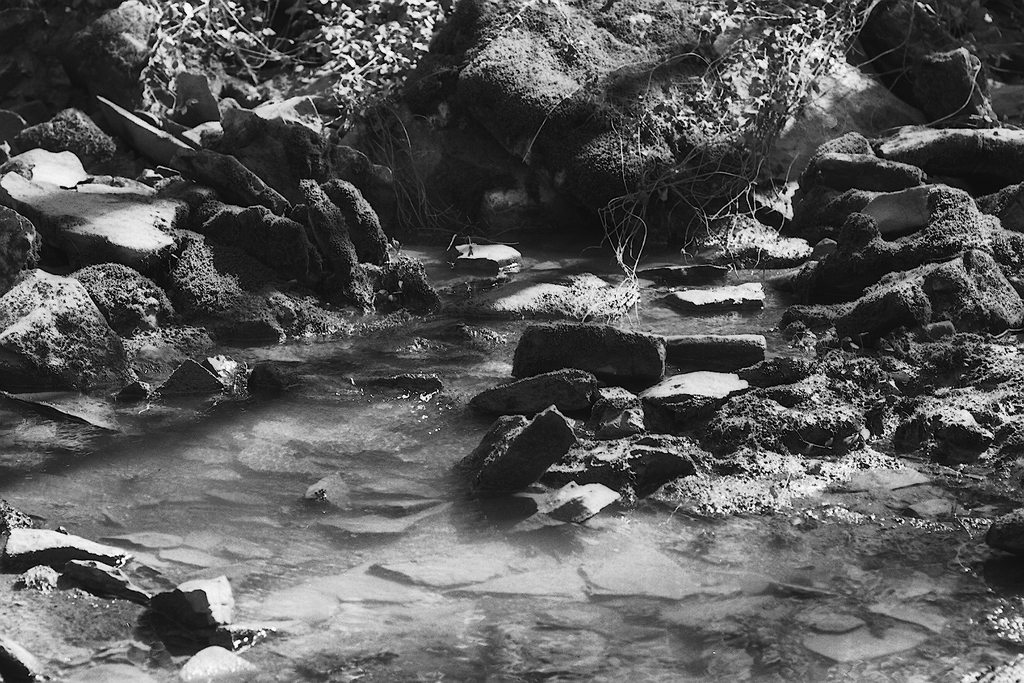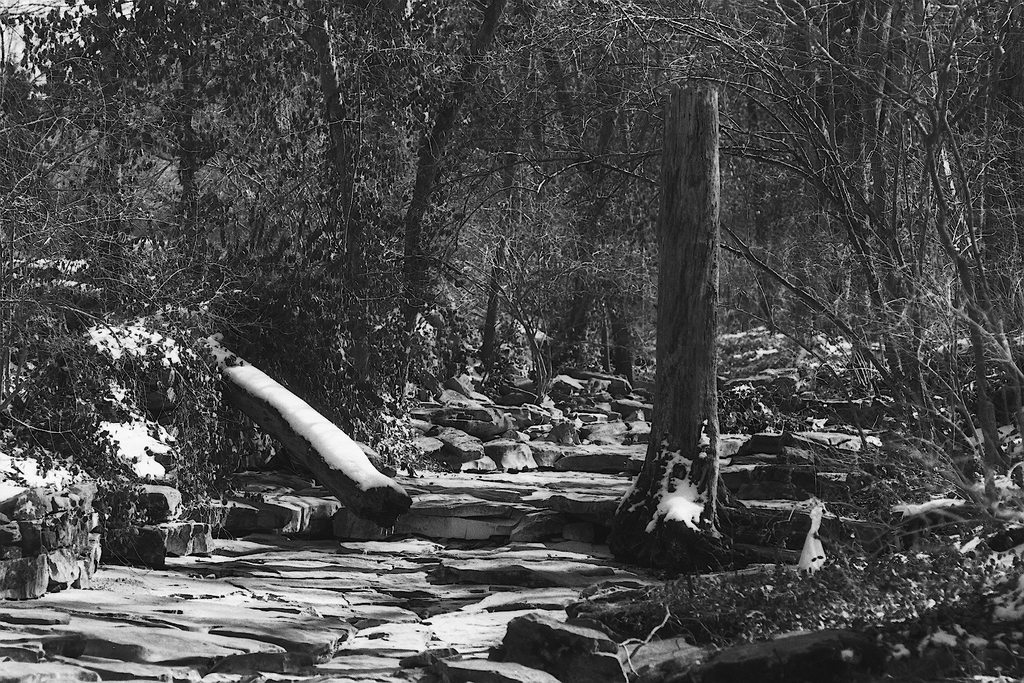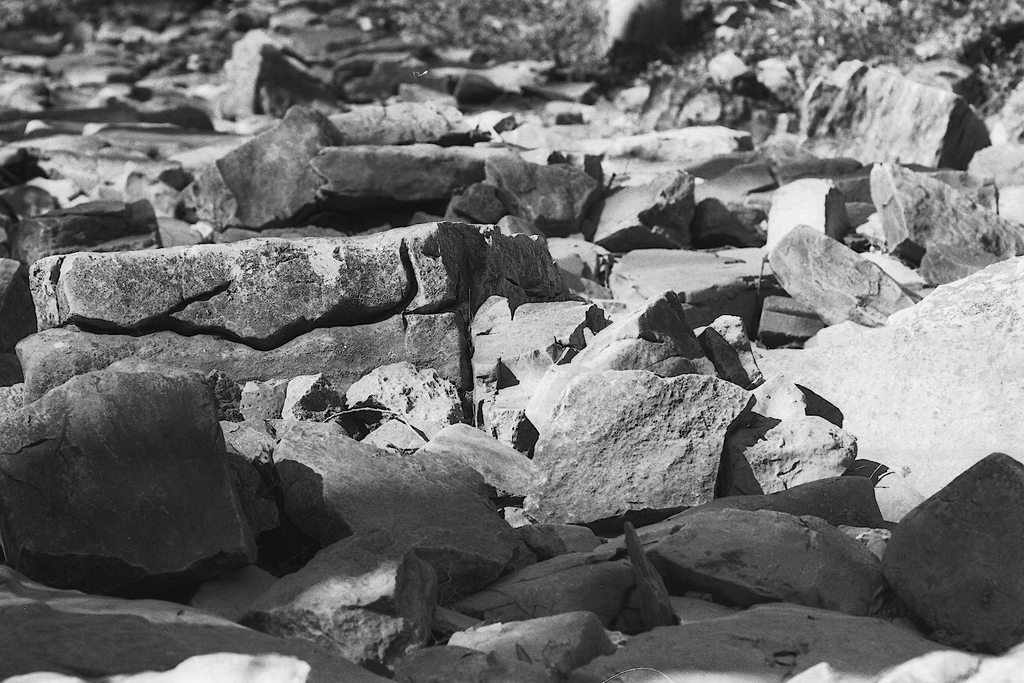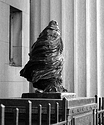Wolfram Malukker
Subscriber
So I finally got my HP Photosmart S20 scanner in a usable state. I have had it working, but not reliably, and it turns out that the HP Photosmart 5510 printer drivers will significantly improve the functionality of the Photosmart S20 scanner with Windows 10.
Now, I only ran the scanner at 1200 DPI, because I was not familiar with the interface, but I think I have figured it out a little better. I plan to re-scan these images tomorrow at 2400DPI and see if they're more than just bigger files.

These images only have the in-scanner sharpness set from 15 up to 60, and I used the auto-exposure settings in the scanner. No dust removal, but it's black-and-white anyway.

And the image that came out the best of the whole roll, I think:

I shot this roll of film on FP4+ and my new-to-me super takumar 105/F2.8 lens, and I'm trying to decide if I have in-camera focus issues or if I have some scanner setting issues to solve. Most of the images I scanned so far look a little fuzzy to me, except this last image. This one looks pretty darn good to me. Is this just me wanting to see these scanned at 2400DPI or should I be happy with my 26 year old film scanner?
Now, I only ran the scanner at 1200 DPI, because I was not familiar with the interface, but I think I have figured it out a little better. I plan to re-scan these images tomorrow at 2400DPI and see if they're more than just bigger files.

These images only have the in-scanner sharpness set from 15 up to 60, and I used the auto-exposure settings in the scanner. No dust removal, but it's black-and-white anyway.

And the image that came out the best of the whole roll, I think:

I shot this roll of film on FP4+ and my new-to-me super takumar 105/F2.8 lens, and I'm trying to decide if I have in-camera focus issues or if I have some scanner setting issues to solve. Most of the images I scanned so far look a little fuzzy to me, except this last image. This one looks pretty darn good to me. Is this just me wanting to see these scanned at 2400DPI or should I be happy with my 26 year old film scanner?










